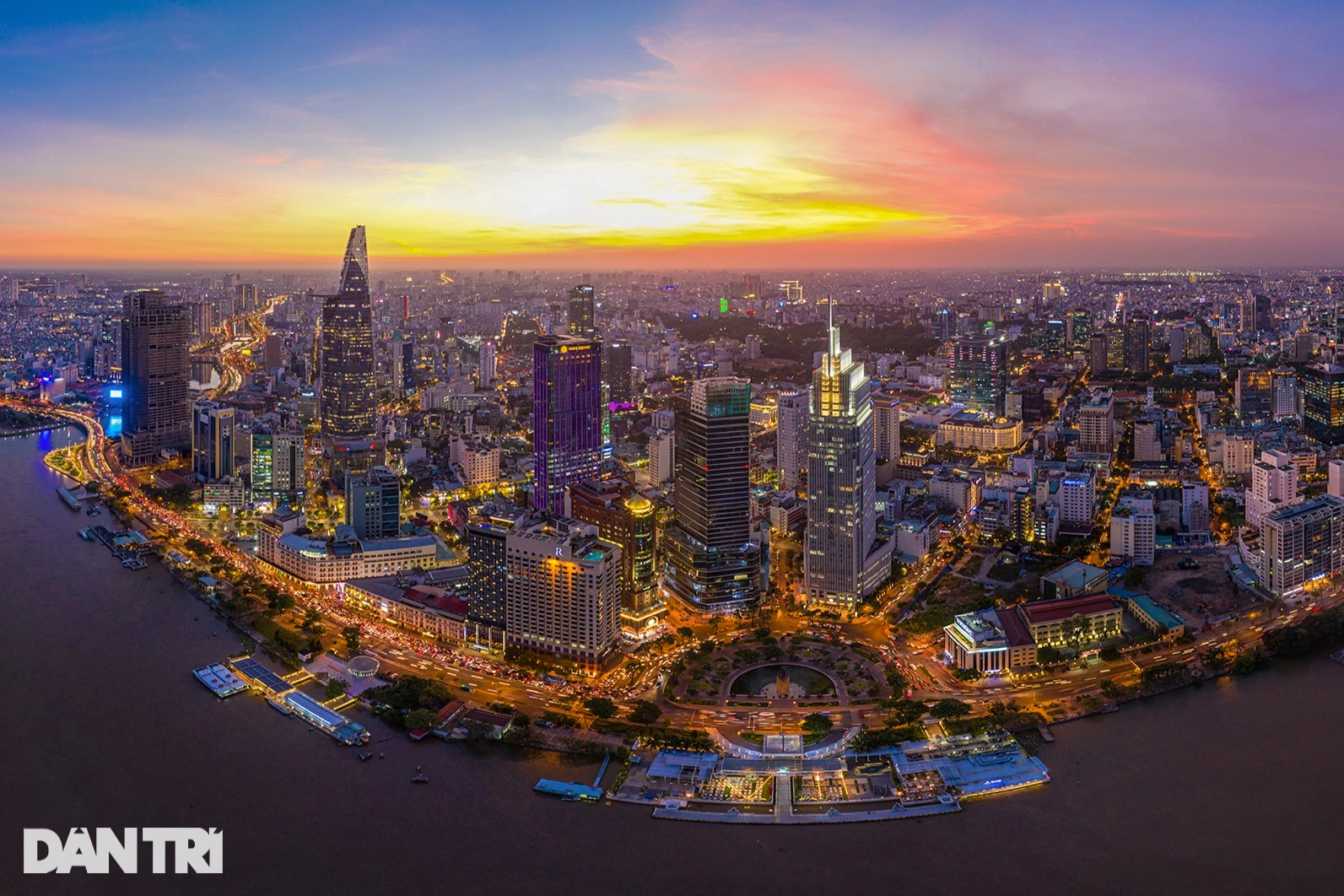
The economy enters a new era
What are the most important driving forces that Vietnam should focus on promoting from the beginning of the year to achieve the economic growth target of 8% in 2025 and strive to achieve double digits in the coming years, Minister?
- In 2024, despite difficulties, under the leadership of the Party and the drastic participation and efforts of the entire political system, the entire people, the entire army and the business community, the economy has affirmed its strong recovery.
GDP growth for the whole year reached about 7.09%, among the highest growth countries in the world and region, creating the foundation for a new era - the era of national development.
The results of 2024 are even more meaningful as this is the pivotal year of the 2021-2025 socio-economic development plan. We have overcome the context of fluctuations, difficulties and challenges both internally and externally, continuing to achieve the goal of promoting growth, maintaining macroeconomic stability, controlling inflation, and ensuring major balances of the economy.
Some key drivers are the basis for us to believe in the economic growth target of 8% in 2025 and strive to achieve double digits in the coming years.
First of all, it is the solidarity, breakthrough spirit and innovation of the political system under the leadership of the Party Central Committee and the Politburo; the decisive, effective and focused direction and management of the Government and the Prime Minister; the efforts of ministries, branches and localities and the support of international friends.
Along with that, the development achievements in 2024 will be continued and promoted more strongly in 2025. The sectors and localities must strive for breakthrough growth, higher than in 2024. In particular, Hanoi and Ho Chi Minh City must strive for growth of 8-10%.
The next strong driving force comes from promoting three strategic breakthroughs. In which, institutions are identified as the "breakthrough of breakthroughs" to free up all resources, especially the resources that are being held back for development.
It should be added that 2025 is a year with many advantages in disbursing public investment capital. Projects have completed investment procedures and entered the final stage of completion; contributing immediately to growth and opening up new development space for regions and localities.
And of course, our country's advantages of economic, political, social stability and growth prospects are still maintained. Finally, there is the strong development of new industries, fields, new economic models, new growth drivers such as digital economy, green economy, circular economy, free trade zones, international and regional financial centers.
Can the Minister tell us about the role of the Socio-Economic Development Plan and the Socio-Economic Report for the 2026-2030 period in the roadmap towards realizing the aspiration for prosperity in the era of national growth?
- The socio-economic report is an important document of the 14th Congress that is being developed and completed to determine the main directions and tasks for socio-economic development in the 2026-2030 period.
The report's content covers all areas, from economic, cultural, social development, environmental protection, climate change adaptation, foreign affairs, national defense and security, and building a socialist rule-of-law state.
In particular, economic development orientations play a very important role, revolving around the goal of achieving high economic growth rates to create the premise to achieve the general goal that by 2045, our country will become a developed, high-income country as set out in the Resolution of the 13th National Party Congress.
What are the major orientations for economic development in the construction of the Socio-Economic Development Plan for the period 2026-2030?
- 5 main economic development orientations for the coming period have been identified in the socio-economic report for the 2026-2030 period.
Firstly, focus on perfecting development institutions, improving the quality of socialist-oriented market economic institutions, in which perfecting political institutions ensures being ahead of the curve, leading the way, meeting the country's objective development and integration needs; perfecting economic institutions is the central task, promoting rapid and sustainable development.
We need to clarify the functions and relationships between the State, the market and society, and reduce the State's administrative intervention in the market. There must be breakthrough mechanisms and policies to mobilize and effectively use domestic and foreign resources to serve socio-economic development, in which state resources are used to stimulate and lead social resources.
Promote decentralization and delegation of power thoroughly, clearly define responsibilities and powers between the central and local levels with the motto "locality decides, locality acts, locality takes responsibility". The central government focuses on perfecting institutions, playing the role of development creator, and strengthening inspection and supervision.
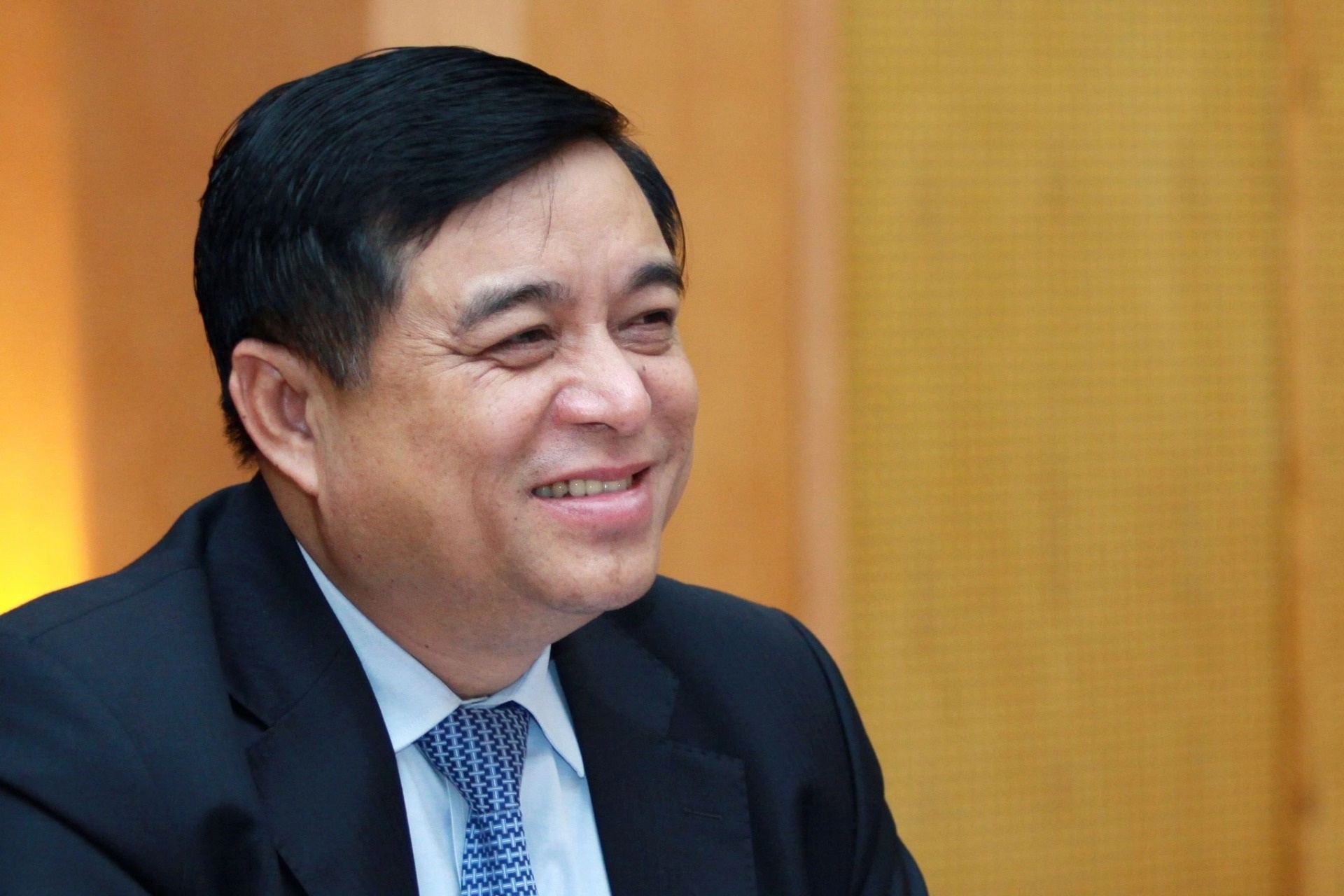 Minister of Planning and Investment Nguyen Chi Dung (Photo: MPI).
Minister of Planning and Investment Nguyen Chi Dung (Photo: MPI).
Second, vigorously develop science, technology, innovation and digital transformation to create breakthroughs in improving productivity, quality, efficiency and competitiveness of the economy. Innovate and perfect policies and laws on science, technology and innovation in accordance with market mechanisms and international practices, meeting the specific characteristics of scientific research workers and practical requirements; accept risks and delays in science, technology and innovation activities.
We need strong mechanisms and policies to promote digital transformation in all socio-economic fields, while ensuring security, safety, and encouraging innovation. Continue to improve the national innovation system. Improve mechanisms and policies to attract and effectively use domestic and foreign resources to invest in science, technology, and innovation.
Third, continue to fundamentally, comprehensively and effectively innovate education and training, focusing on developing high-quality human resources for priority and emerging industries and fields. Develop vocational education in an open, flexible, modern, effective and integrated direction.
In addition, it is necessary to train high-quality human resources according to international standards to meet market needs, especially in priority and emerging industries and fields such as artificial intelligence, data science, semiconductor chips, construction, high-speed railway operation... Training, retraining, preparing digital human resources, digital skills for digital transformation to develop the digital economy and digital society.
Orientation with effective mechanisms and policies in discovering, nurturing, attracting and promoting talents both domestically and internationally. There are policies to support training in sectors prioritized by the State for development, basic sciences and fundamental industries.
Fourth, promote industrialization, modernization, and economic restructuring associated with growth model innovation, enhance economic resilience; achieve rapid and sustainable growth on the basis of macroeconomic stability.
For industry, it is necessary to promote digital transformation, green transformation, industrial restructuring towards modernization, in-depth development, improving productivity, quality, added value and product competitiveness.
For services, it is necessary to develop a number of industries and service products with high knowledge and technology content and competitive advantages; form a number of tourism service centers with high-quality tourism products and regional and international competitiveness; build and develop financial centers and free trade zones of regional and international stature.
For agriculture, develop concentrated production areas, large specialized commodity areas with high productivity, quality and efficiency, focusing on key national and local agricultural products.
Continue restructuring three key areas, including improving investment efficiency, especially public investment; developing and improving the operational efficiency of enterprises, especially state-owned enterprises; and restructuring credit institutions.
Continue to stabilize the macro-economy and increase resource mobilization for development by synchronously and harmoniously coordinating monetary policy with fiscal policy and other macroeconomic policies to stabilize the macro-economy, control inflation, and promote high economic growth.
Fifth, develop synchronous and modern infrastructure, effectively exploit new development space, take urban areas as the driving force for regional development and promote new rural construction.
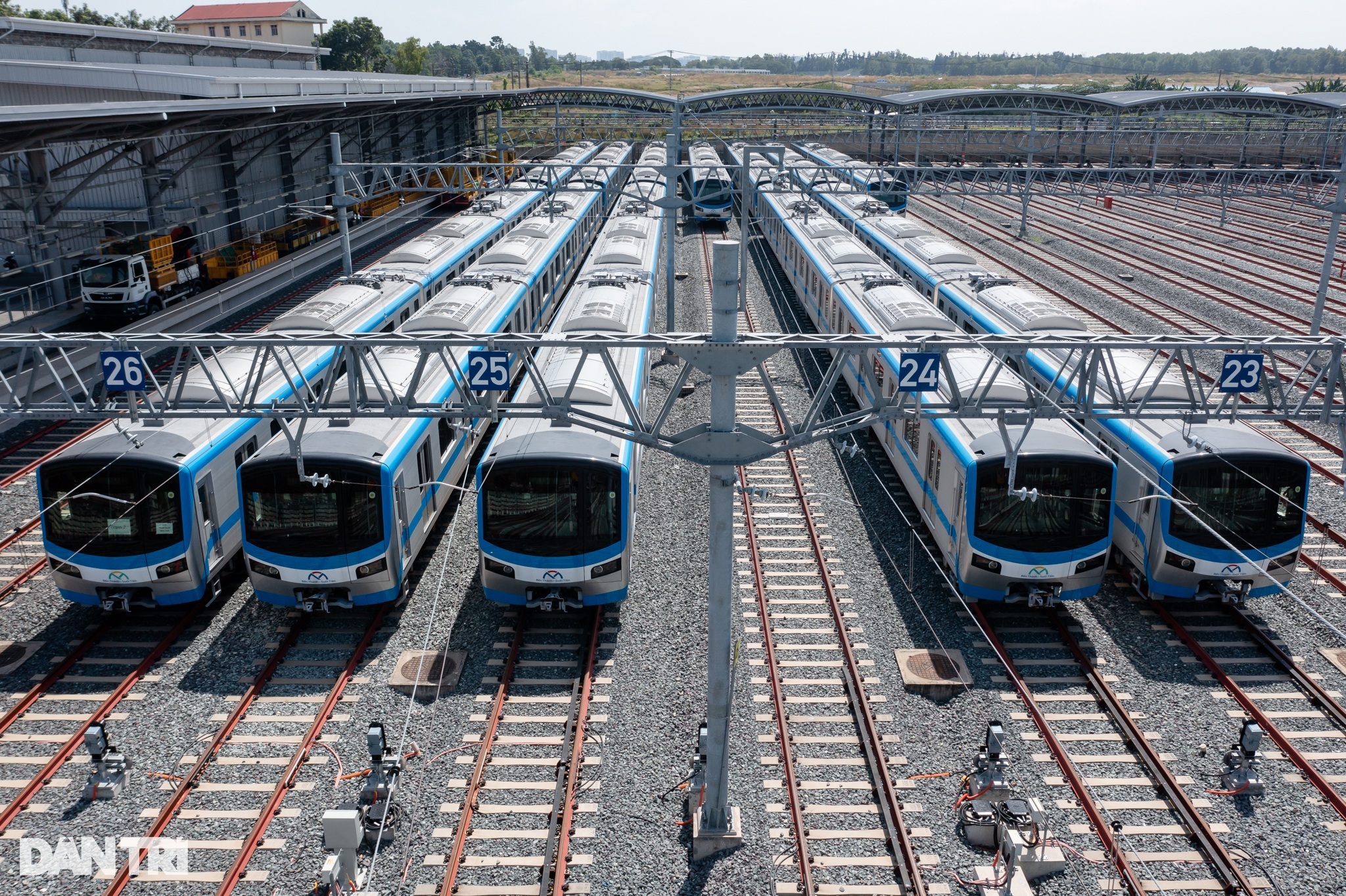 Developing synchronous and modern infrastructure is one of the main orientations in the new period (Photo: Nam Anh).
Developing synchronous and modern infrastructure is one of the main orientations in the new period (Photo: Nam Anh).
Develop a synchronous, modern, and smart infrastructure system, including forming inter-regional expressways, connecting international gateway seaports, international airports, and international border gates with large import and export demand.
Developing energy infrastructure to meet the requirements of high economic growth, ensuring energy security; diversifying types of power sources at suitable prices. Developing irrigation infrastructure in a multi-purpose direction, ensuring water security; upgrading and building infrastructure to prevent and combat natural disasters, adapting to climate change.
Develop synchronous and modern urban infrastructure, especially in large cities. Create breakthroughs in the development of information and communication infrastructure, especially digital infrastructure. Develop synchronous and modern cultural and social infrastructure to meet the increasing demand for social and cultural services of all classes of people.
New breakthroughs in economic development strategy
Minister, please tell us what are the new features and new breakthroughs in the 5-year socio-economic development orientation for the period 2026-2030?
- The report assessing the 5-year implementation of the 10-year socio-economic development strategy for the 2021-2030 period, the direction and tasks of socio-economic development for the 2026-2030 period is an important document of the 14th National Congress which is in the process of continuing to be completed after the 10th Central Conference (13th tenure) approved the draft of basic contents, preparing steps to ask for opinions from party congresses at all levels.
With the main spirit of bringing the country firmly into a new era - an era of national development, prosperity and wealth, this report has many new, breakthrough orientations covering all sectors and fields, including key and core points.
Firstly, develop the country rapidly and sustainably based mainly on science, technology, innovation, digital transformation and green transformation. Build an independent and self-reliant economy based on mastering technology and proactively and actively integrating internationally, diversifying markets, and improving the resilience of the economy. Harmoniously develop the economy with culture, society, environmental protection and adaptation to climate change; taking economic development as the central task.
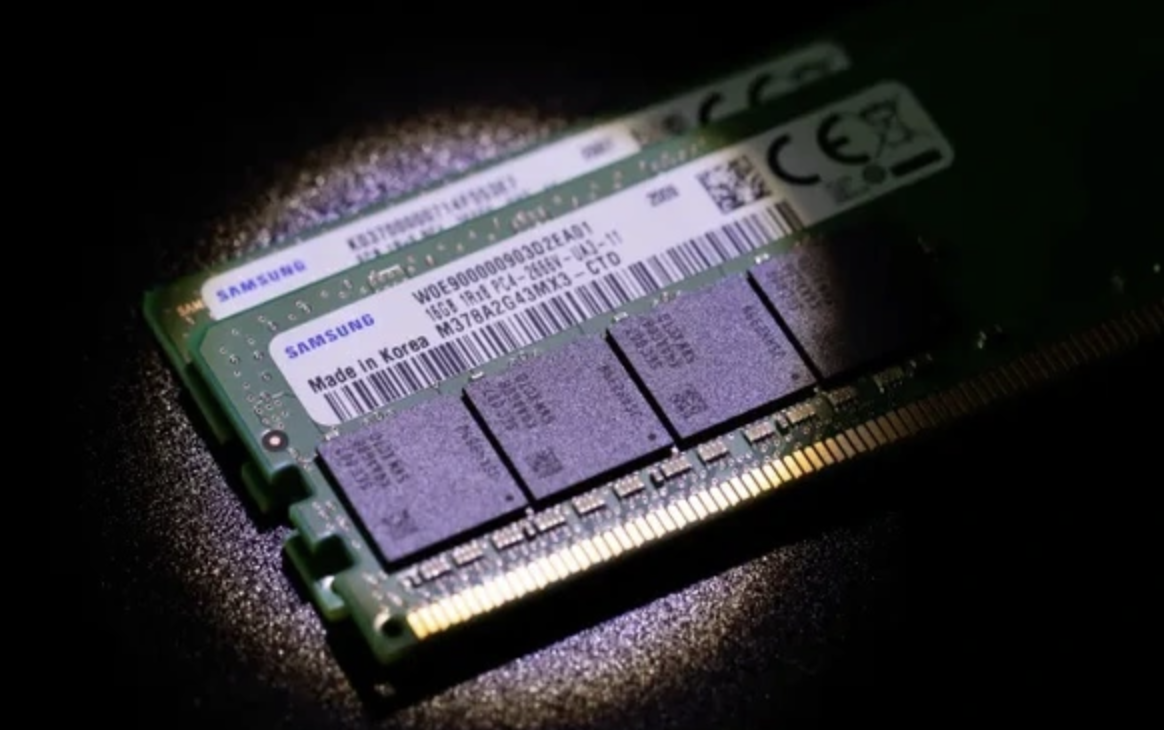 Focus on developing science, technology, innovation, digital transformation and green transformation (Photo: IT).
Focus on developing science, technology, innovation, digital transformation and green transformation (Photo: IT).
Second, determination and efforts to achieve high economic growth in the coming period and continue to maintain it in the long term. This requirement is set out from the General Goal in the Resolution of the 13th National Party Congress: by 2045, our country will become a developed, high-income country.
Although this goal is fraught with difficulties and challenges, as the experience of some developed countries shows, to become high-income countries, these countries all went through long periods in history with high growth rates, possibly up to double digits, such as Japan, South Korea, Singapore...
Third, continue to promote industrialization, modernization, and economic restructuring associated with growth model innovation. Form a high-level national production capacity, gradually become self-reliant in science and technology to proactively and effectively participate in the global value chain. Promote the development of digital economy, platform economy, and sharing economy; increase the application of digital technology in all industries and fields, creating new business models.
Improve investment efficiency, especially public investment; focus resources on key sectors and fields, key projects and works that have spillover effects, creating momentum for socio-economic development. Improve the operational efficiency of state-owned enterprises; innovate the state capital management model in enterprises.
Fourth, mobilize and effectively use domestic and foreign resources to serve socio-economic development. Reduce the proportion of regular expenditures and increase development investment expenditures. Remove obstacles for the capital market, financial market, corporate bonds, real estate market, and investment under the public-private partnership (PPP) model; pay attention to promoting idle resources in society.
Fifth, to achieve high growth in the context of the world and regional situation forecast to face many difficulties and challenges, it is necessary to focus on effectively implementing strategic breakthroughs identified through Party Congresses, in which perfecting development institutions is considered the "breakthrough of breakthroughs" of the coming period.
With the goal of building Vietnam into a developed country by the mid-21st century, what priority areas does the Minister think we need to focus on to ensure comprehensive and sustainable development, maintaining a balance between developing a market economy and achieving social goals?
- To take advantage of opportunities from the Fourth Industrial Revolution and digital transformation, the Party and Government have introduced a number of appropriate and timely strategies and policies to respond to the new situation.
These include Directive No. 16-CT/2017 of the Prime Minister on enhancing capacity to access the Fourth Industrial Revolution, Resolution No. 52/2019 of the Politburo on a number of policies and strategies to proactively participate in the Fourth Industrial Revolution, Decision No. 749/2020 of the Prime Minister approving the "National Digital Transformation Program to 2025, with a vision to 2030", Decision No. 2289/2020 of the Prime Minister promulgating the national strategy on the Fourth Industrial Revolution,...
With the goal of building Vietnam into a developed country by the mid-21st century, to ensure comprehensive and sustainable development, maintain the balance between market economic development and the implementation of social goals, in our opinion, all policies and guidelines must originate from the aspirations, legitimate interests and happiness of the people.
We take development to maintain stability, stability to promote development; at the same time, we harmoniously develop the economy with culture, society, environmental protection and climate change adaptation; taking economic development as the central task.
Specifically as follows:
Regarding the task of economic development, it is necessary to pay special attention to promoting industrialization, modernization, restructuring the economy associated with innovation of the growth model, enhancing the resilience of the economy; rapid and sustainable growth on the basis of macroeconomic stability.
Proactively grasp and effectively utilize the opportunities of the Fourth Industrial Revolution, from the unprecedented transformation of the world economy and international integration to promote industrialization, modernization, economic restructuring, development of digital economy, green economy, and circular economy.
Develop new productive forces and new production and business methods; promote economic growth models that adapt to climate change, in a green, efficient and sustainable direction. Persistently implement the set industrialization and modernization goals, creating a solid foundation for both short-term and long-term development.
Focus on improving production capacity in high-level industries and fields, especially some basic industries, spearhead industries, emerging industries, and supporting industries, gradually becoming self-reliant in science and technology to proactively and effectively participate in the global value chain.
Regarding social tasks, it is necessary to aim at the goal of cultural and social development, achieving social progress and equity; focusing on improving the material and spiritual life and health of the people. Cultural and social development must be closely and harmoniously linked with economic development; attaching importance to cultural and social development on par with economic development.
Continue to build and implement the system of national cultural values, family and Vietnamese human standards in the new era. Build a fair, high-quality, effective and internationally integrated healthcare system, and implement universal health care coverage. Develop a flexible, synchronous, modern and integrated labor market. Build a multi-layered, comprehensive, modern and flexibly adaptive social security system.
Adjust the approach to social security from security and stability to stability and development; associated with sustainable social development management, improving social welfare for all people. Implement well religious and belief policies; gender equality work, for the advancement of women; youth development; child protection and care.
For environmental tasks, solutions need to aim at managing and using resources effectively; strengthening environmental protection and proactively responding to climate change, preventing, combating and mitigating natural disasters.
The key tasks are to reduce greenhouse gas emissions, promote the transition to clean energy, and strive to bring the country's net emissions to "0" by 2050. Increase resource mobilization from global financial institutions and mechanisms; develop the carbon credit market, focusing on the carbon credit market from forests and high-quality rice. Develop infrastructure for collecting and treating domestic solid waste combined with recycling and energy recovery.
Resolutely address air pollution in urban areas through the development of public transport, gradually eliminating polluting means of transport, switching to environmentally friendly means of transport, developing green buildings, and increasing green areas. Strictly control and improve the efficiency of mineral exploitation and processing activities. Build and strengthen the infrastructure system to respond to climate change and prevent natural disasters.
Thank you, Minister!
Dantri.com.vn


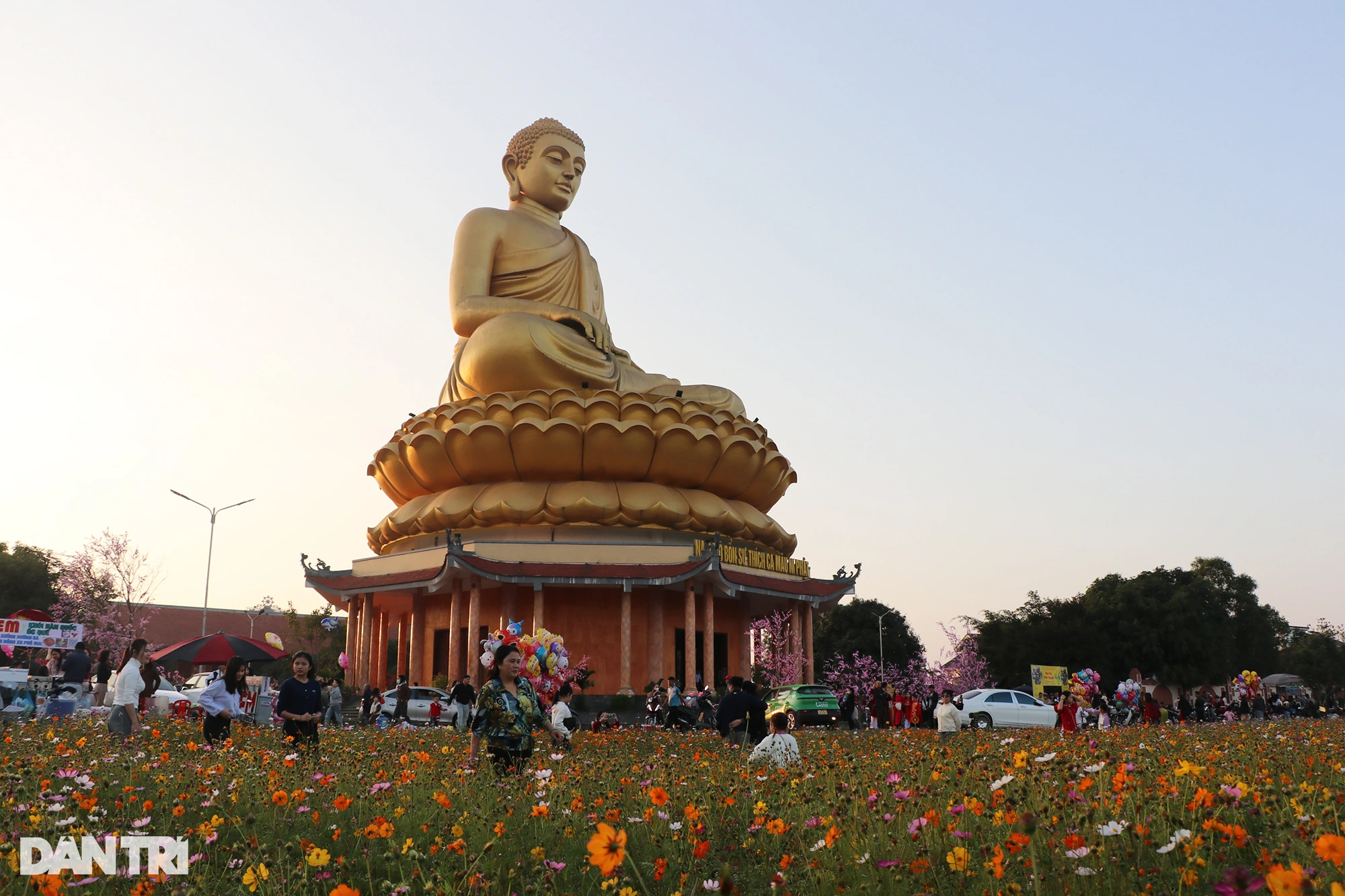




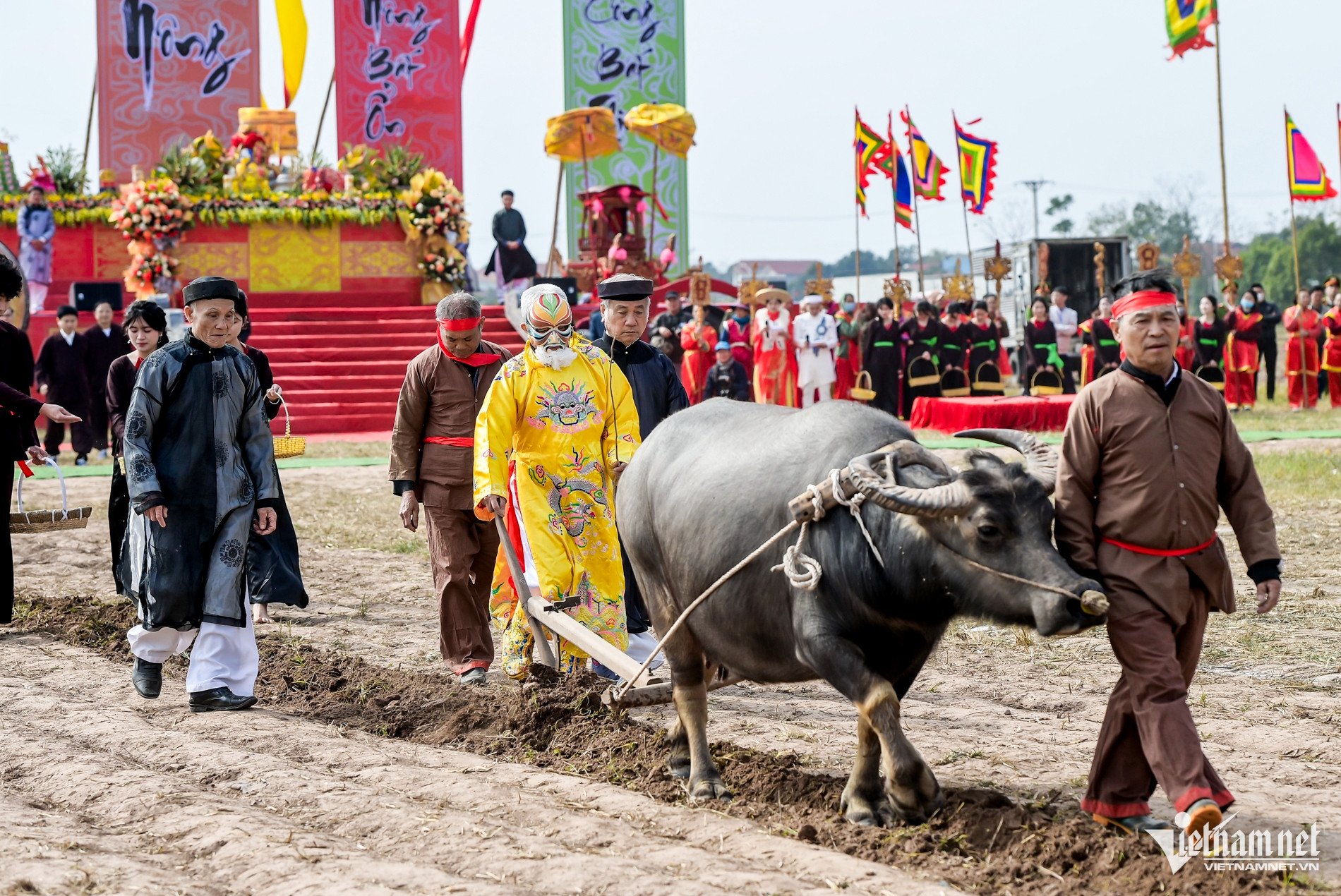












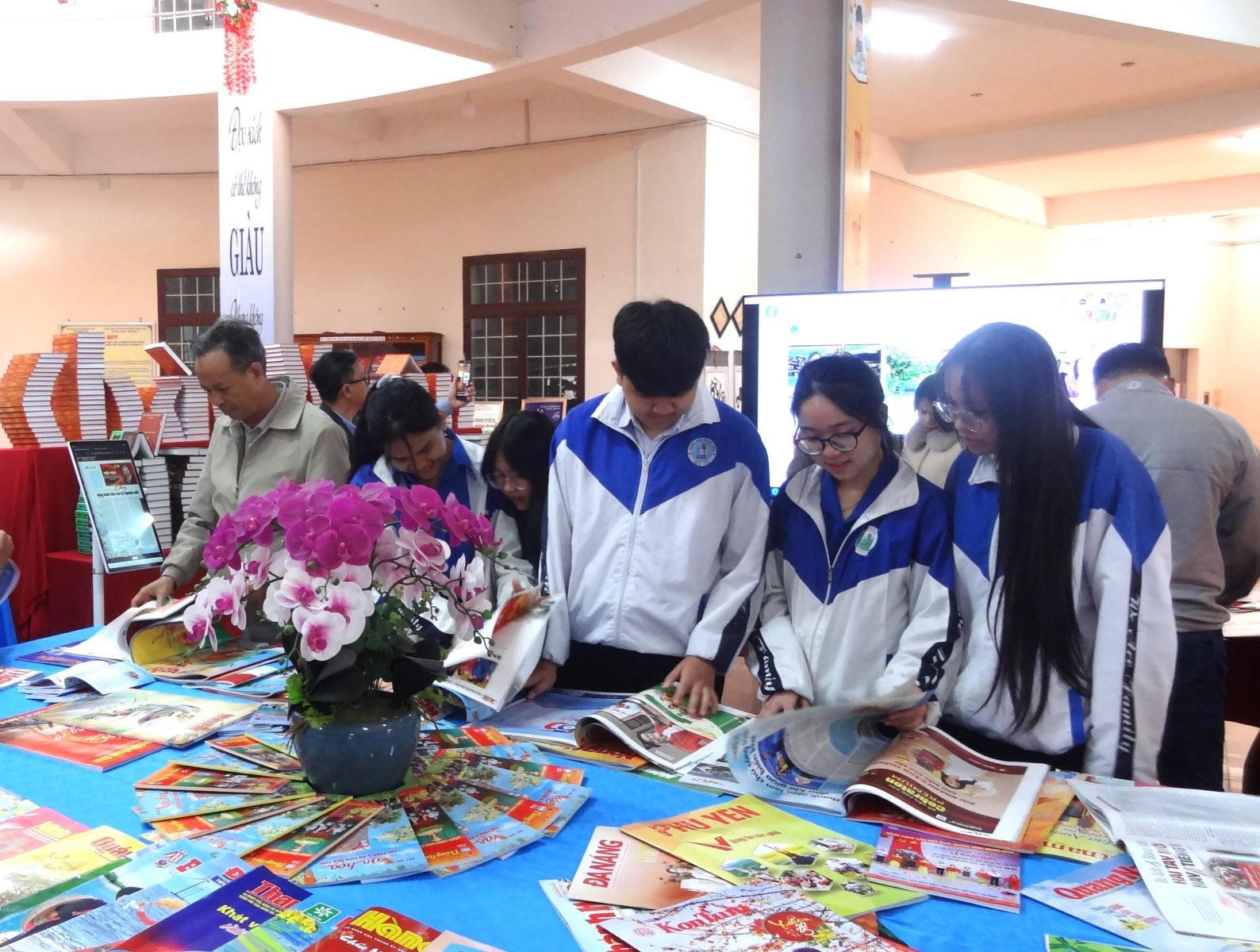

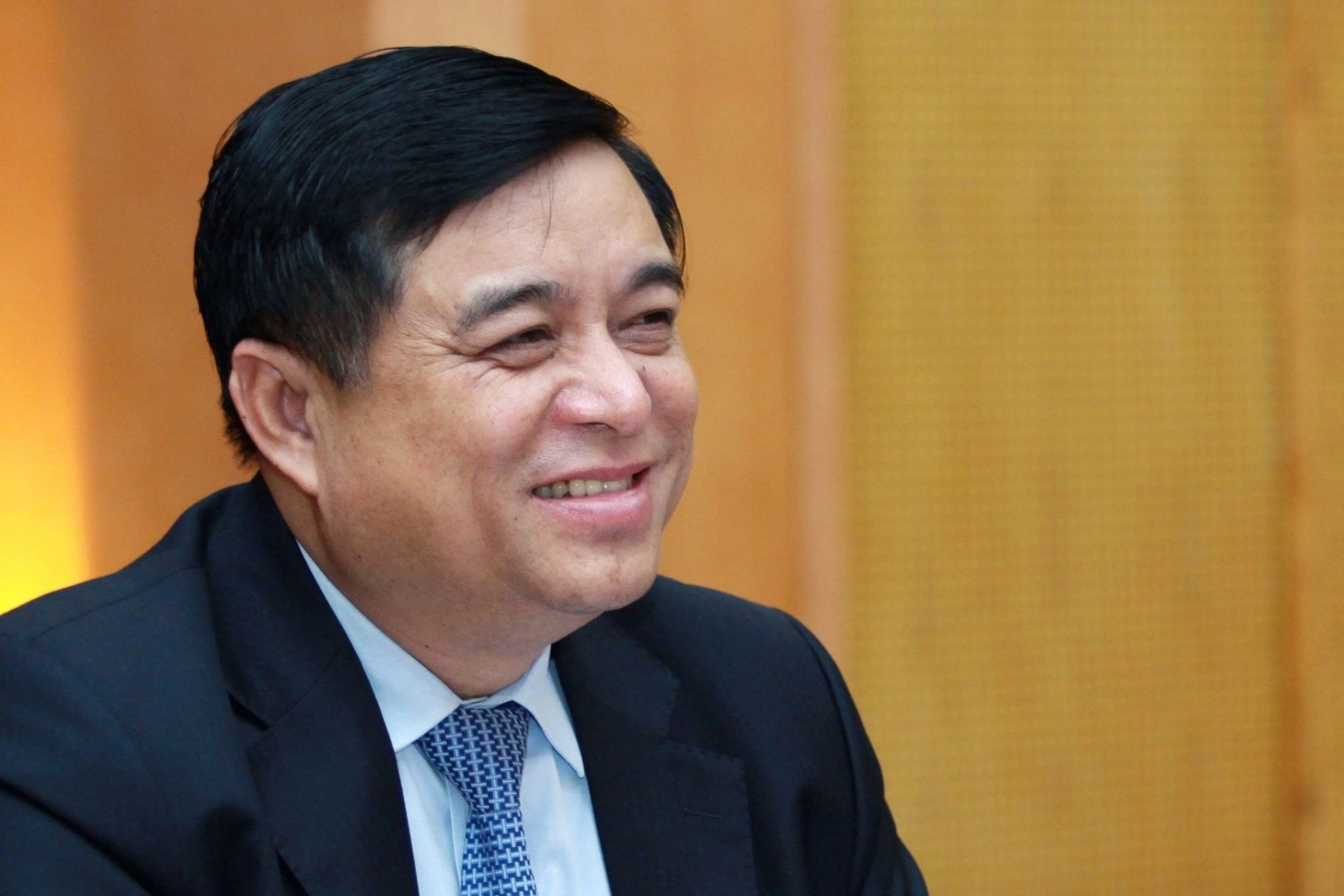
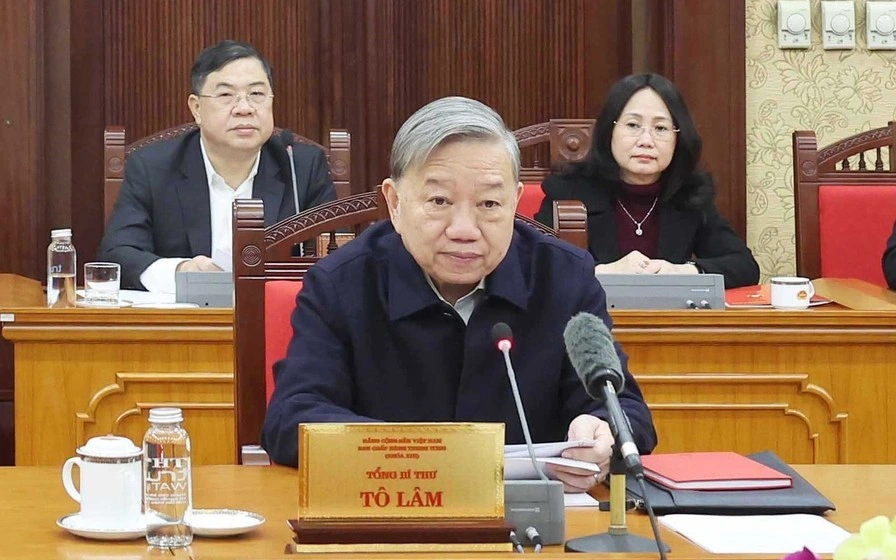



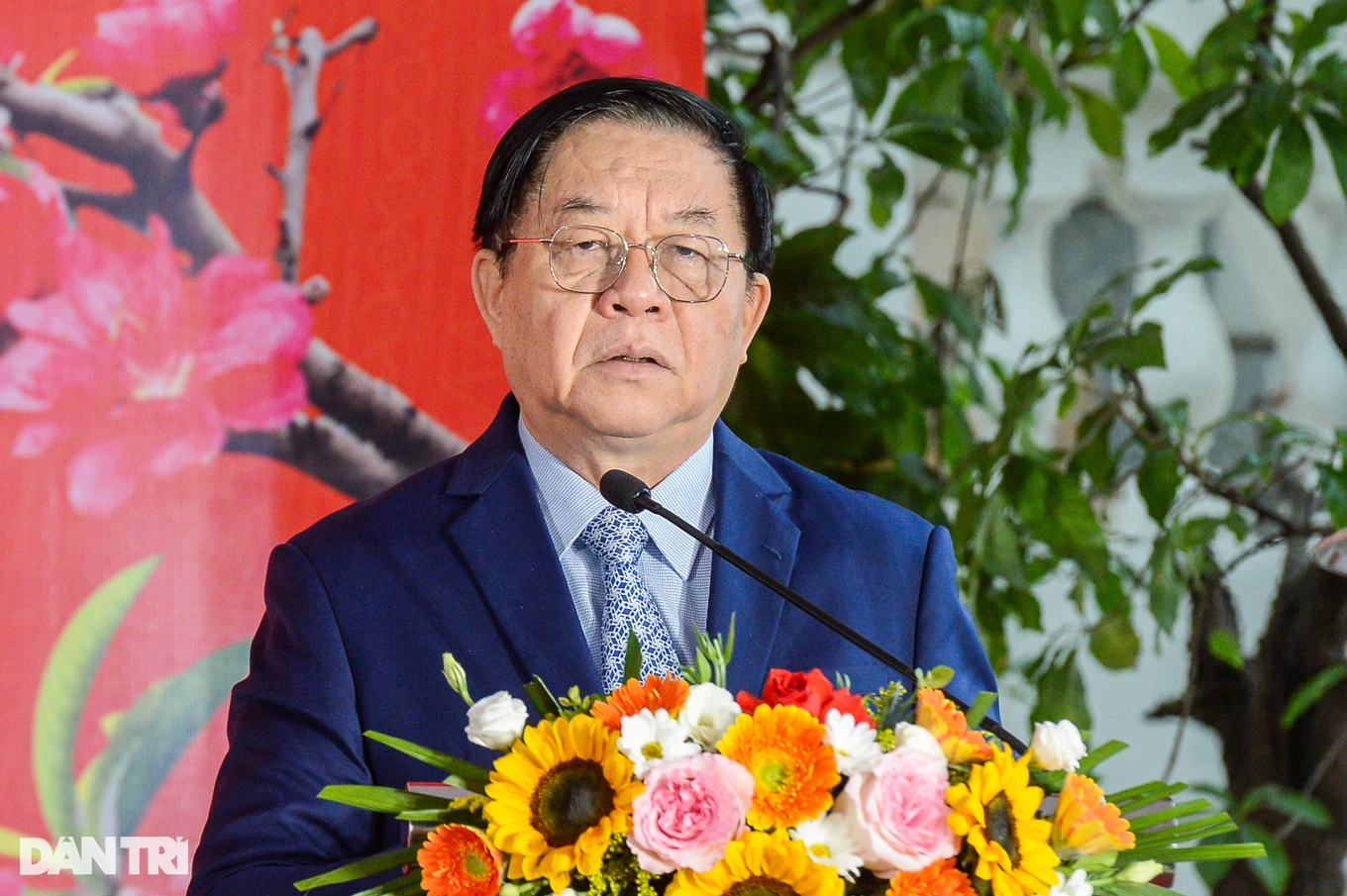







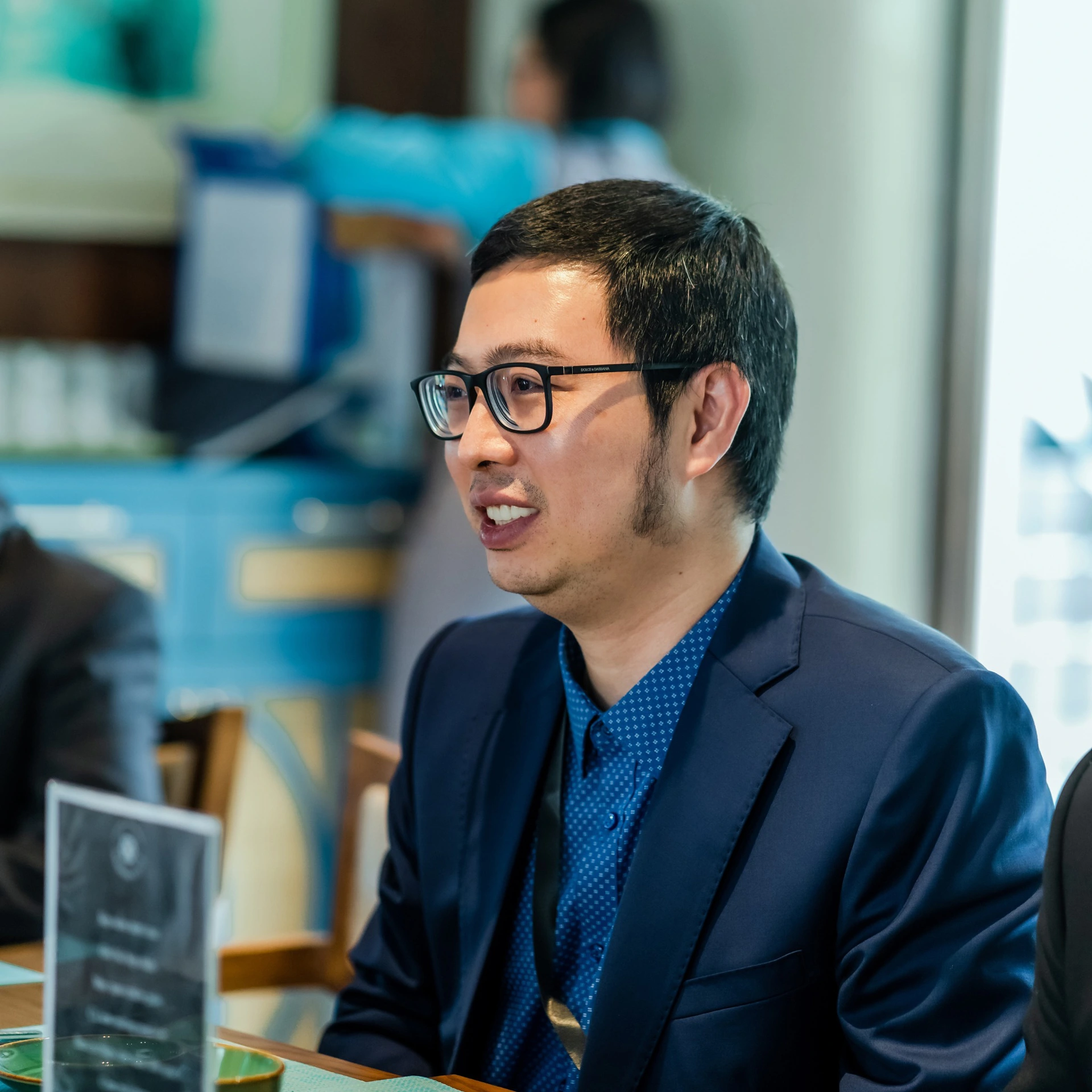




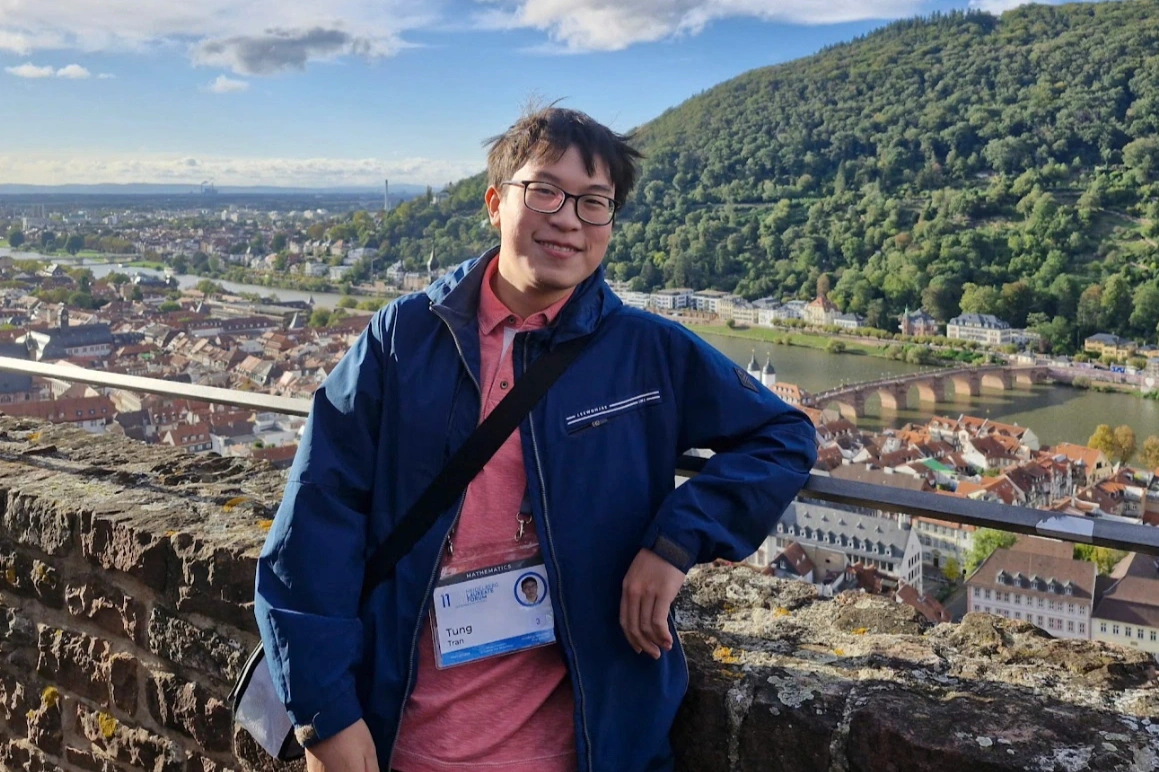




Comment (0)